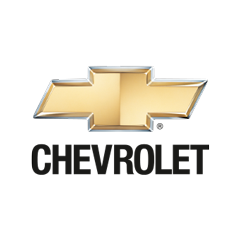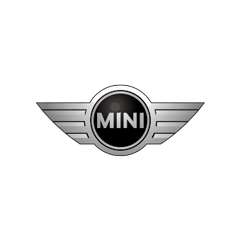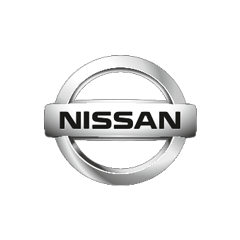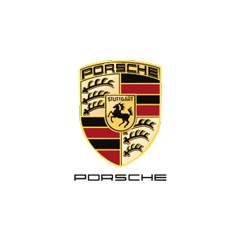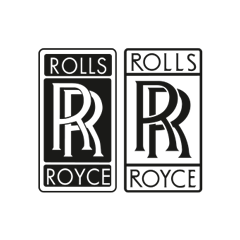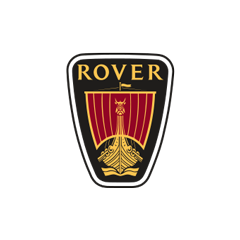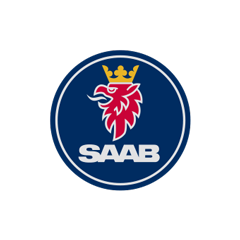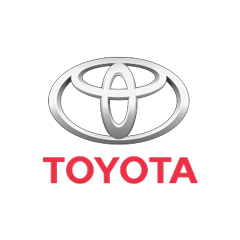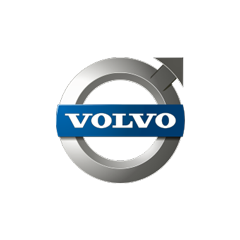Toyota was already a respected name in the offroad arena, and the HiLux pickup was an excellent example of what it could achieve, but on the U.S. market, it couldn’t break the ice.
The U.S. pickup market was the most competitive in the world. Unlike other countries, which valued the one-ton utility vehicles, in the U.S., these were just the entry-level. Toyota knew that, and it tried to make a reasonable offer with the T100 and Tundra, but it was barely competitive against Dodge Dakota and far behind the F-150. The Japanese carmaker asked their R&D department to develop a highly competitive vehicle, and the answer was the 1999 Tundra.
The first step was to build a sturdy chassis. Toyota was good at that and developed one based on the one used on the tried T100, but longer. Then, it built the Access Cab version, which offered a pair of rear-hinged doors in the back and two regular doors for the front passengers. Its front fascia featured a new design with curved shapes and a chromed surrounding for the grille. The bumper was thin, leading to an excellent approach angle.
Unlike the single cab version, the Tacoma Access cab featured two seats at the front and a narrow bench in the rear. Thus, it offered the possibility to transport a crew of five to a construction site. The Tundra Access cab proved to be highly successful among the contractors, who used it as a family vehicle as well, with the kids or the fishing rods filling the back seats.
Toyota understood that its 4.0-liter was not good enough as long as it featured just six cylinders and introduced the 4.7-liter V-8 unit. It paired it with a four-speed automatic and became a best-selling product for the Japanese carmaker.









